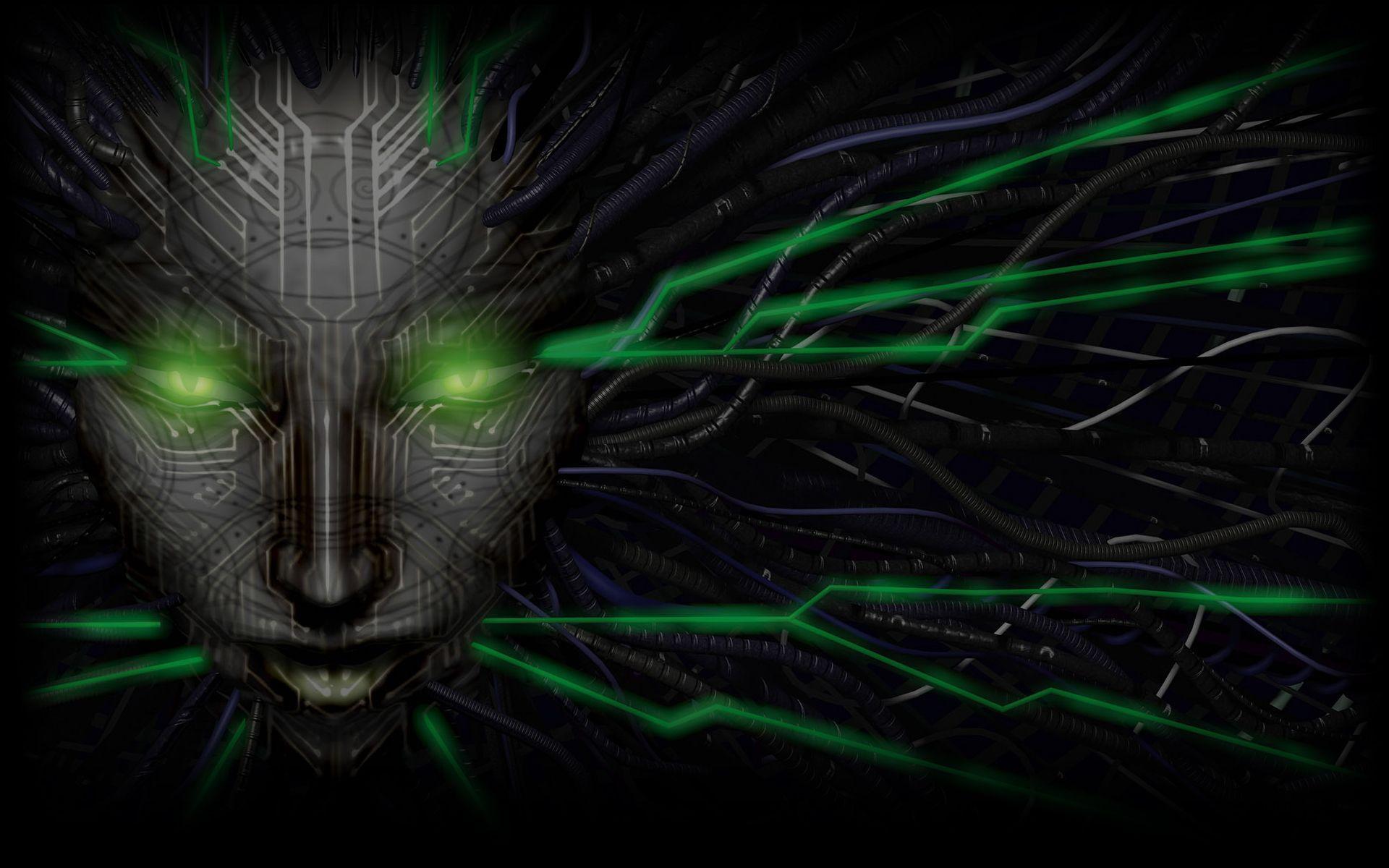

Complaints focused on its high system requirements and unrefined pacing. Most critics gave Ultima Underworld II positive reviews and lauded its graphics, design and nonlinearity. Development was impeded by insufficient staffing and extensive playtesting, and the rapid production cycle led to burnout on the team. The team reused and improved the first game's engine. The team sought to improve upon the foundation laid by the game's predecessor, particularly by increasing the size and interactivity of the game world. Ultima Underworld II began production in April 1992, shortly after the completion of Ultima Underworld and it was developed in nine months. Progression is largely nonlinear and the game allows for emergent gameplay. Players assume the role of the Avatar-the protagonist of the Ultima series-and adventure through multiple dimensions while seeking to prevent the evil Guardian from achieving world domination. As the sequel to Ultima Underworld: The Stygian Abyss, the game is set in the Ultima fantasy universe. Ultima Underworld II: Labyrinth of Worlds is a 1993 first-person role-playing video game developed by LookingGlass Technologies and published by Origin Systems.


 0 kommentar(er)
0 kommentar(er)
